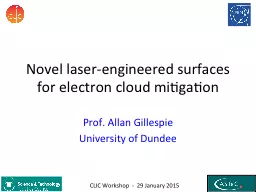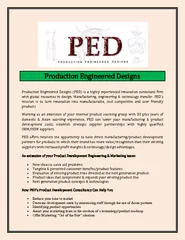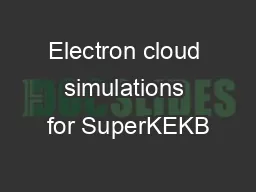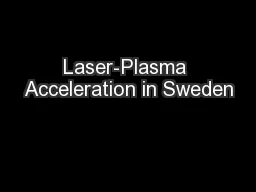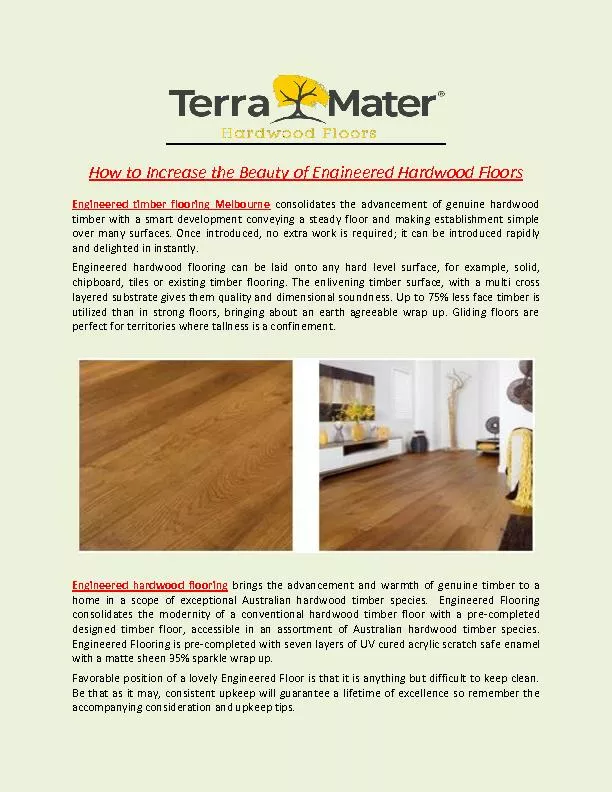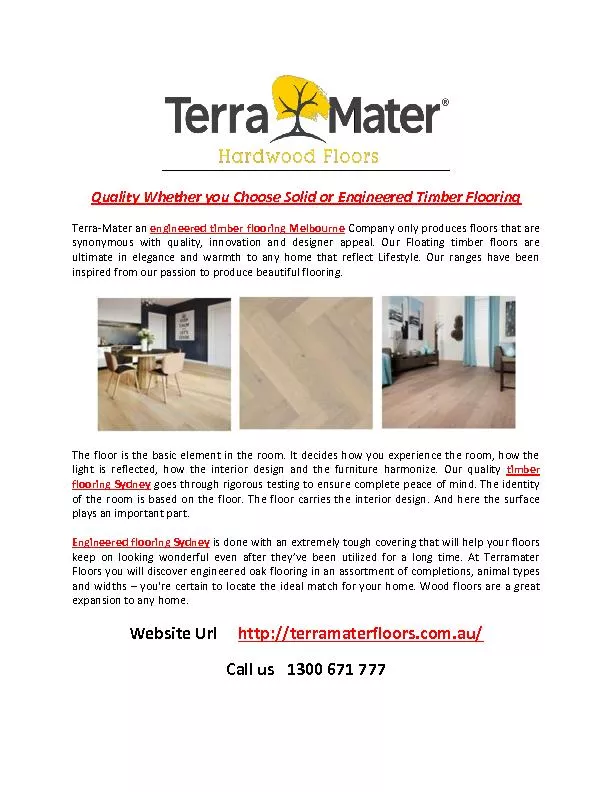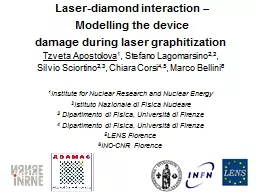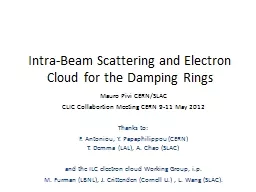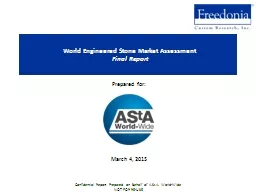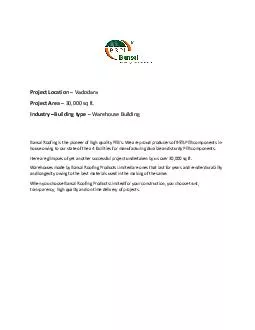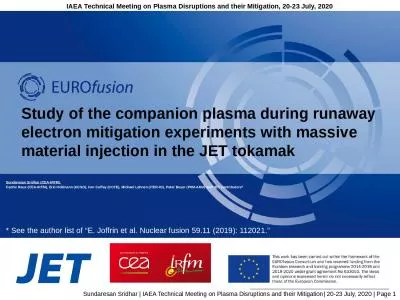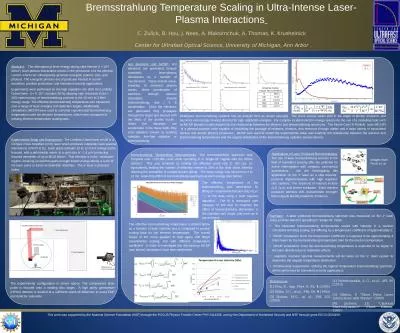PPT-Novel laser-engineered surfaces for electron cloud mitigation
Author : newson | Published Date : 2020-06-19
Prof Allan Gillespie University of Dundee CLIC Workshop 29 January 2015 FUNCTIONAL MATERIALS for OPTICAL amp PARTICLE BEAMS Manufacturing with Light 2 Allan
Presentation Embed Code
Download Presentation
Download Presentation The PPT/PDF document "Novel laser-engineered surfaces for elec..." is the property of its rightful owner. Permission is granted to download and print the materials on this website for personal, non-commercial use only, and to display it on your personal computer provided you do not modify the materials and that you retain all copyright notices contained in the materials. By downloading content from our website, you accept the terms of this agreement.
Novel laser-engineered surfaces for electron cloud mitigation: Transcript
Download Rules Of Document
"Novel laser-engineered surfaces for electron cloud mitigation"The content belongs to its owner. You may download and print it for personal use, without modification, and keep all copyright notices. By downloading, you agree to these terms.
Related Documents

